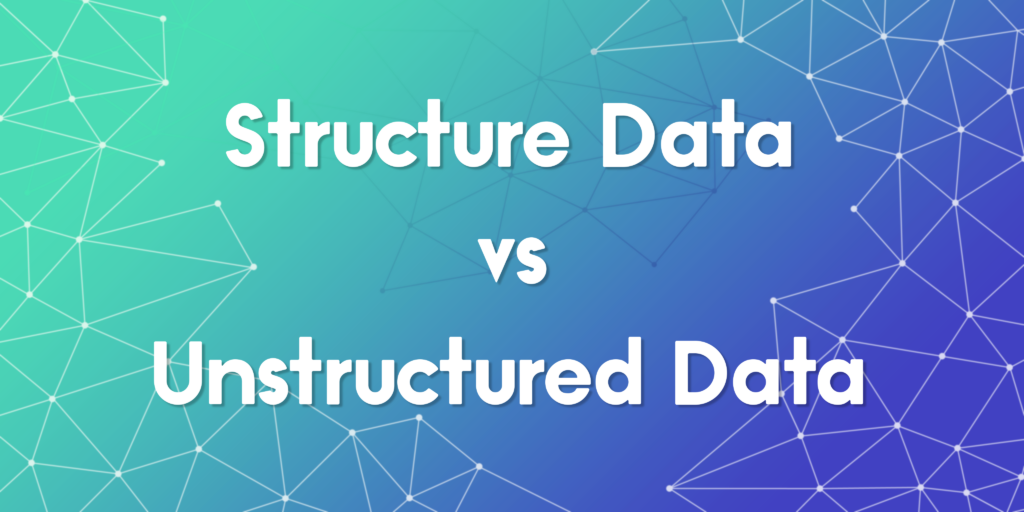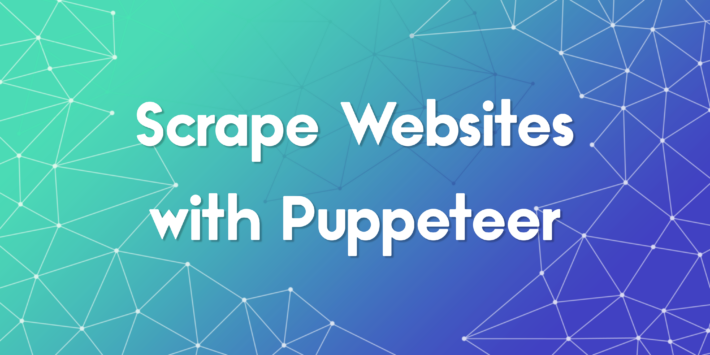The Key Differences Between Structured and Unstructured Data Explained

Structured and unstructured data play a fundamental role in how information is collected, stored, and analyzed across industries. Whether you are managing a database, designing a data pipeline, or launching a business intelligence strategy, understanding the distinction between these two types of data is essential. This guide dives into the specific differences between Structured and unstructured data, exploring their definitions, use cases, challenges, and tools. By the end of this article, you will be better equipped to make informed decisions when working with either or both types of data in your personal or professional projects.
Understanding Structured and Unstructured Data
Structured Data refers to highly organized information that fits neatly into relational databases and spreadsheets. Unstructured Data, on the other hand, consists of information that lacks a pre-defined format, making it more flexible yet harder to analyze through traditional tools.
Structured and Unstructured Data are essential concepts in data science, machine learning, and enterprise software. Structured Data typically includes customer names, transaction dates, and numerical values. Unstructured Data includes videos, emails, social media posts, and scanned documents. Recognizing the differences between them allows teams to plan data storage, access, and analytics more effectively.
Common Examples
Structured Data can be found in:
- Spreadsheets and CSV files
- SQL databases
- CRM systems
- Inventory logs
Unstructured Data examples include:
- Emails and chat transcripts
- Audio and video recordings
- Social media comments
- PDF documents and scanned images
Structured and Unstructured Data coexist in many systems, especially in customer service, marketing, and surveillance applications. Choosing the right storage and processing tools depends on recognizing the characteristics of each type.
Storage Solutions
Structured Data is best suited for relational databases like MySQL, PostgreSQL, and Oracle. These systems allow you to enforce data integrity through strict schemas and use powerful querying languages.
Unstructured Data needs more flexible storage systems such as:
- Hadoop Distributed File System (HDFS)
- NoSQL databases like MongoDB and Couchbase
- Cloud object storage such as Amazon S3 and Google Cloud Storage
Structured and Unstructured Data storage systems often integrate with each other in hybrid environments. This setup supports comprehensive data processing and analytics pipelines where structured metadata supports indexing of unstructured assets.
Processing Structured and Unstructured Data
Structured Data can be easily queried using SQL and analyzed with tools like Excel or BI platforms such as Power BI and Tableau. These tools work well because the data conforms to strict types and schemas.
Unstructured Data requires advanced processing methods including:
- Natural language processing for text analysis
- Computer vision for image and video interpretation
- Speech-to-text tools for audio data
Structured and Unstructured Data can both be fed into machine learning models, though the preparation process is very different. Structured data typically requires normalization and scaling. Unstructured data needs feature extraction, tokenization, or encoding.
Use Cases
Structured Data supports scenarios such as:
- Banking transaction monitoring
- Employee records management
- Supply chain forecasting
Unstructured Data powers use cases like:
- Sentiment analysis of product reviews
- Facial recognition in security systems
- Voice assistants understanding speech commands
Structured and Unstructured Data can be combined to build richer insights. For instance, in e-commerce, structured purchase records and unstructured customer feedback can be analyzed together to improve recommendation systems.
Challenges
Structured Data challenges include:
- managing schema evolution
- ensuring referential integrity
- optimizing queries for performance.
Unstructured Data poses issues such as:
- Large storage requirements
- Limited search capabilities
- Complexity of content interpretation
Structured and Unstructured Data can create additional complexity when integrated. Data pipelines must handle diverse formats, coordinate timestamps, and maintain consistency across both types of datasets.
Future Trends
Structured Data is being enriched with metadata and linked through semantic technologies to provide more context. Unstructured Data is increasingly processed using AI, enabling automation of image recognition, content tagging, and real-time transcription.
Hybrid data platforms are emerging to support both types of data within a single framework. The integration is now essential for businesses looking to gain holistic insights. As tools become smarter and more accessible, we can expect more unified data strategies across industries.
The Role of Proxy Services

Proxy services are essential tools for teams handling structured and unstructured data, particularly during the data acquisition phase. When collecting structured data from public databases, government sites, or e-commerce platforms, proxies help avoid IP-based throttling or access denial, ensuring consistent and automated retrieval. For unstructured data like images, video content, or social media posts, proxies allow scalable access across platforms that might otherwise restrict scraping activity due to regional policies or traffic volume limits.
Using a proxy service also enhances privacy and security by masking the original IP address, which is important for organizations that must adhere to strict compliance or anonymity standards during research. Additionally, proxy networks provide location-specific IPs that are invaluable for localized data collection, helping teams build richer datasets from different geographies.
In Summary
Structured and unstructured data offer unique strengths when used appropriately. Structured data enables precision and efficiency. Unstructured data provides context and richness. Together, they empower more complete decision making and deeper understanding.
Organizations that invest in tools and talent to manage both types of data gain a competitive advantage. Whether it is predicting customer behavior or detecting anomalies in system logs, the synergy between them unlocks possibilities that one type alone cannot achieve. By approaching data with a strategy that respects its diversity, teams can build flexible, intelligent systems that thrive in a world of ever-growing information.


